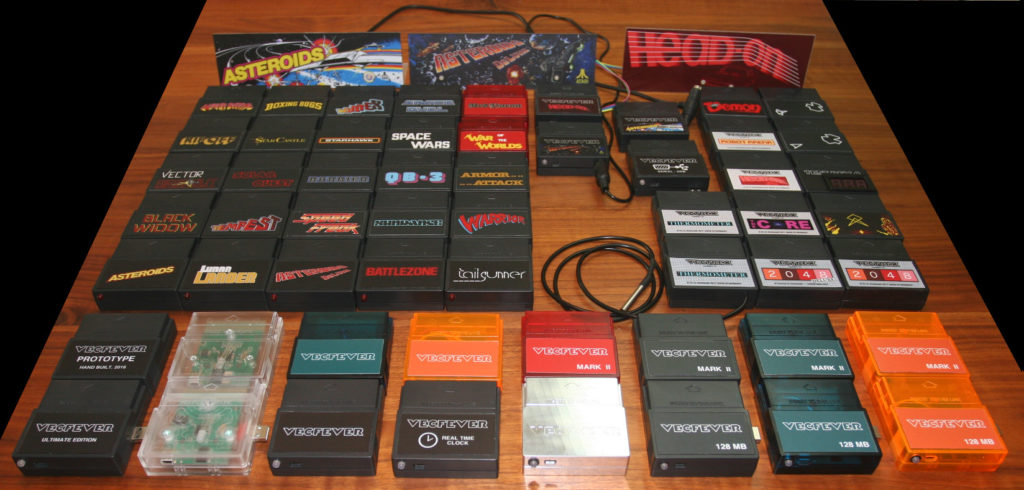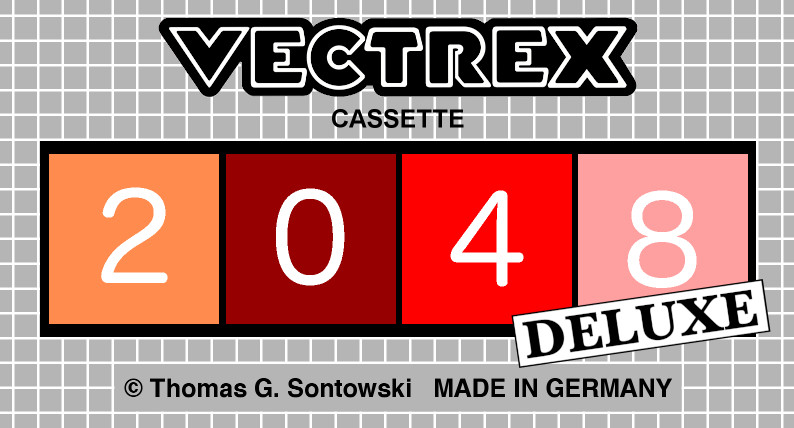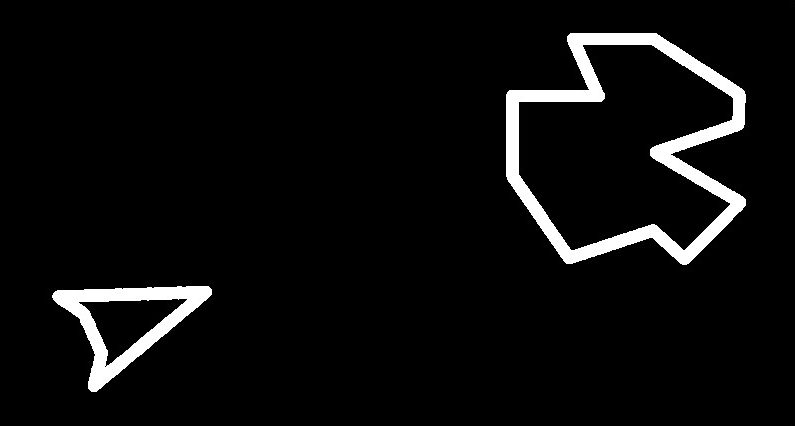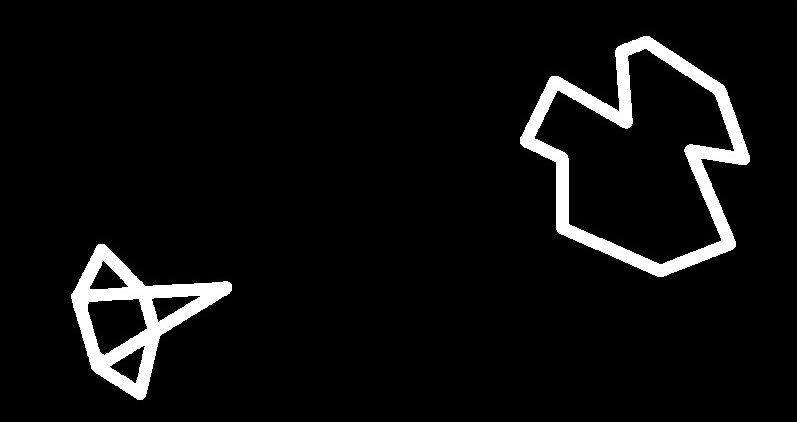
Since the VecFever is my development tool to create Vectrex cart. it should come as no surprise that I have created quite a few over the years. All the arcade emulators exist also as standalone cartridges – more than two dozen by now. I have build a few odd things over the years – like a thermometer cart., a clock, a 4096-byte game (‘2048’) which could have been produced back in the day. A nice testrev cart. with a voltmeter. Several games of my own. Still, my intention remains to have everything running on a VecFever since I do not want to build a lot of standalone cartridges. Some things need a VecFever to run anyways – like the video or audio players.
A few VF have additional hw: some have a real time clock (RTC) chip hooked up to it and the menu, clock and thermometer cart. use the rtc data. A few more have an additional serial-to-usb port for a fast uart which allows sending (a lot) of data to the Vectrex. Used e.g. by an adapted ‘VecMAME’ outputting via a ‘vector terminal’ cart. on the Vectrex. But mainly used to stream data directly to the Vectrex for development – e.g. the emulators are developed in a first stage on a computer with the input/output streamed to the Vectrex and back (also using the vector terminal). Very large 6809 cart. – too large for the ramdisk – can also be sent over in the ‘development’ mode cycle via this serial-usb connection (e.g. 4x48KB cart.).
The lastest VF have 128MB – these use two 64MB chips in a RAID setup to improve write performance. The Vectrex does not need all that much space – everything ever created is in principle still just a few MB. All my 70+ main page things combined just need around 5MB (plus 1MB for the romsets) so still fit onto the original prototype 2015 and first VF pcbs which use 16MB.
The six finished Vectrex 6809 games – Robot Arena, Head-On, the Core, 2048 Deluxe, Rocks’N’Saucers and RnS Deluxe – are all part of the vf system.






